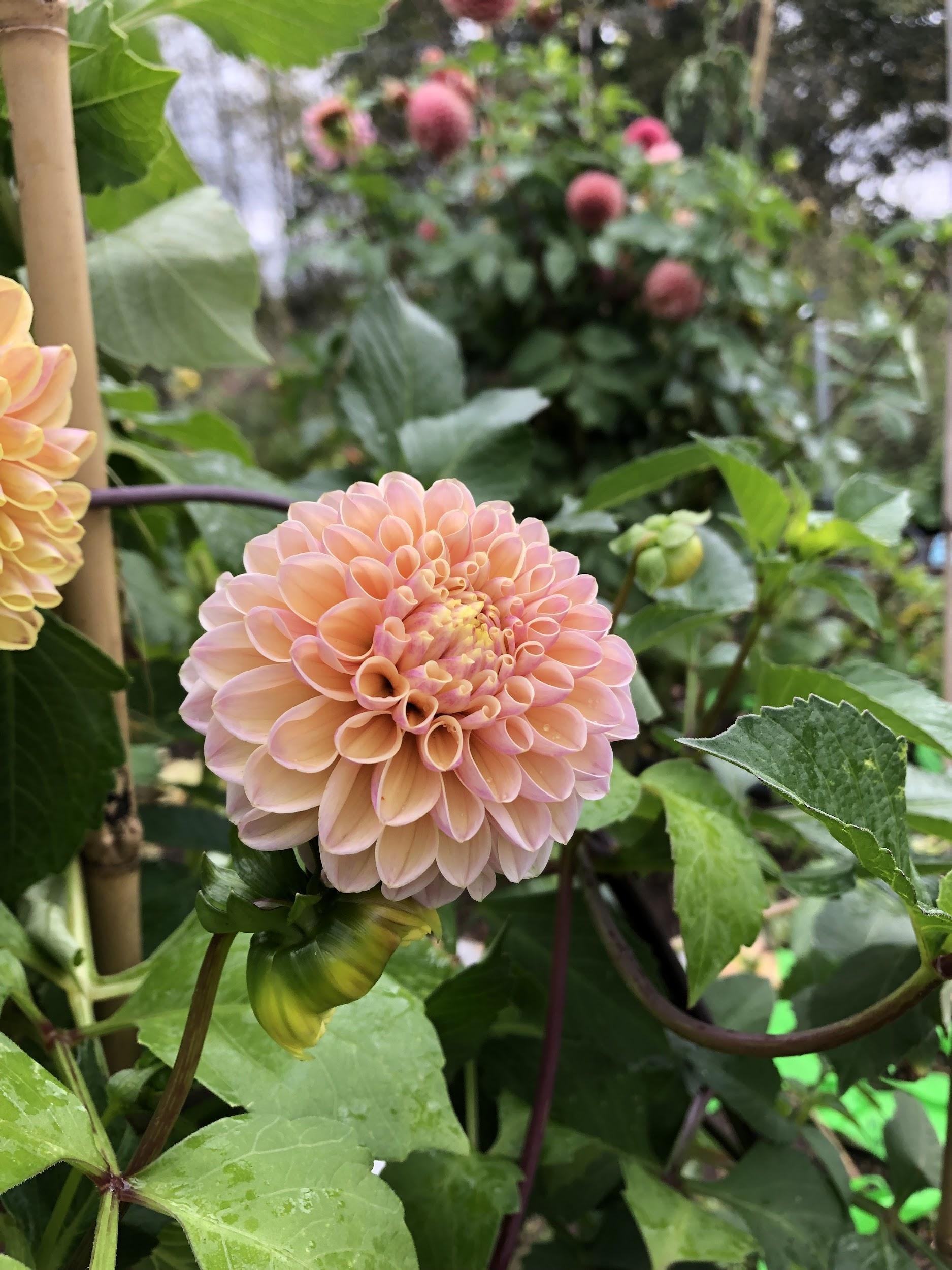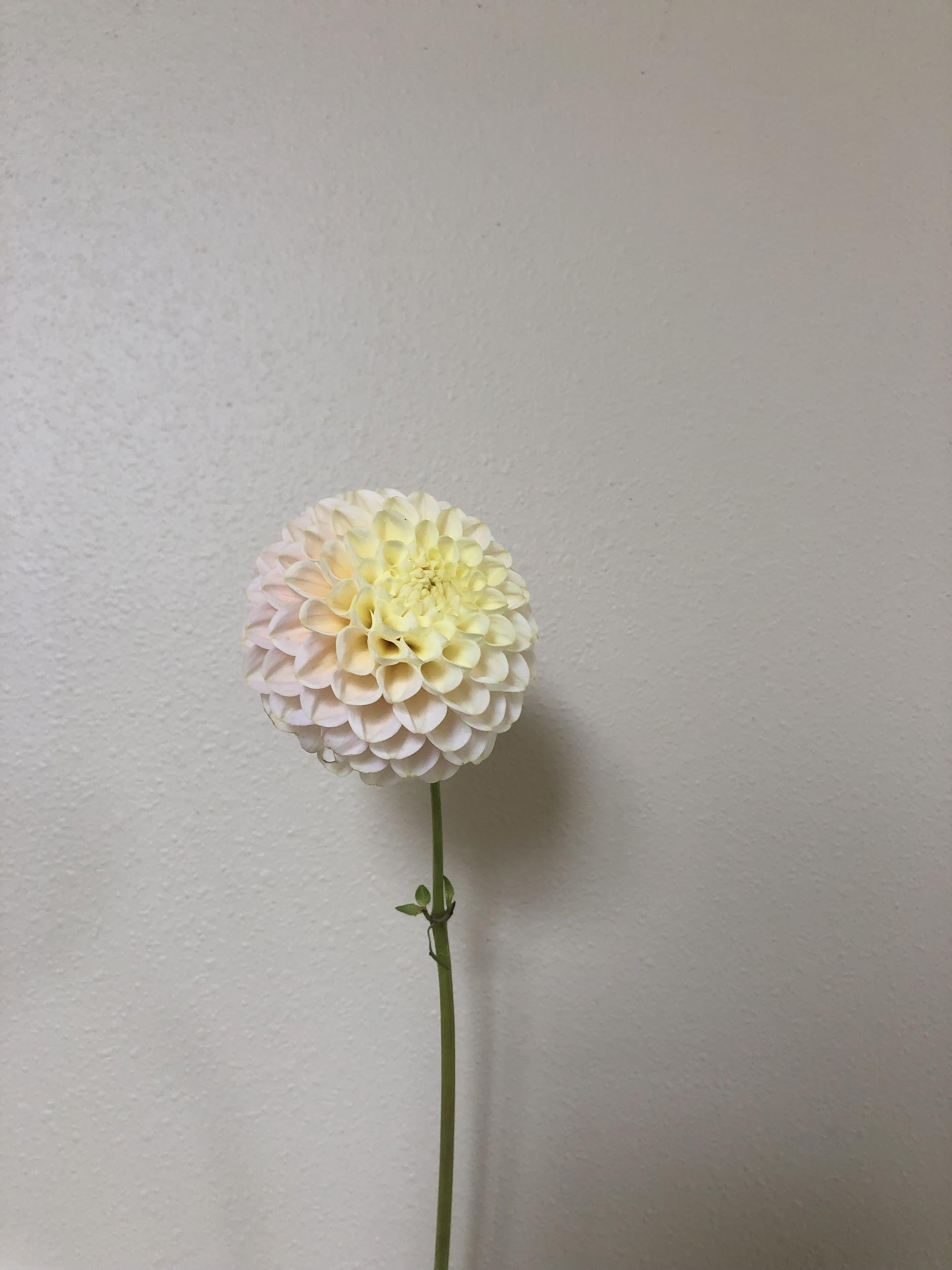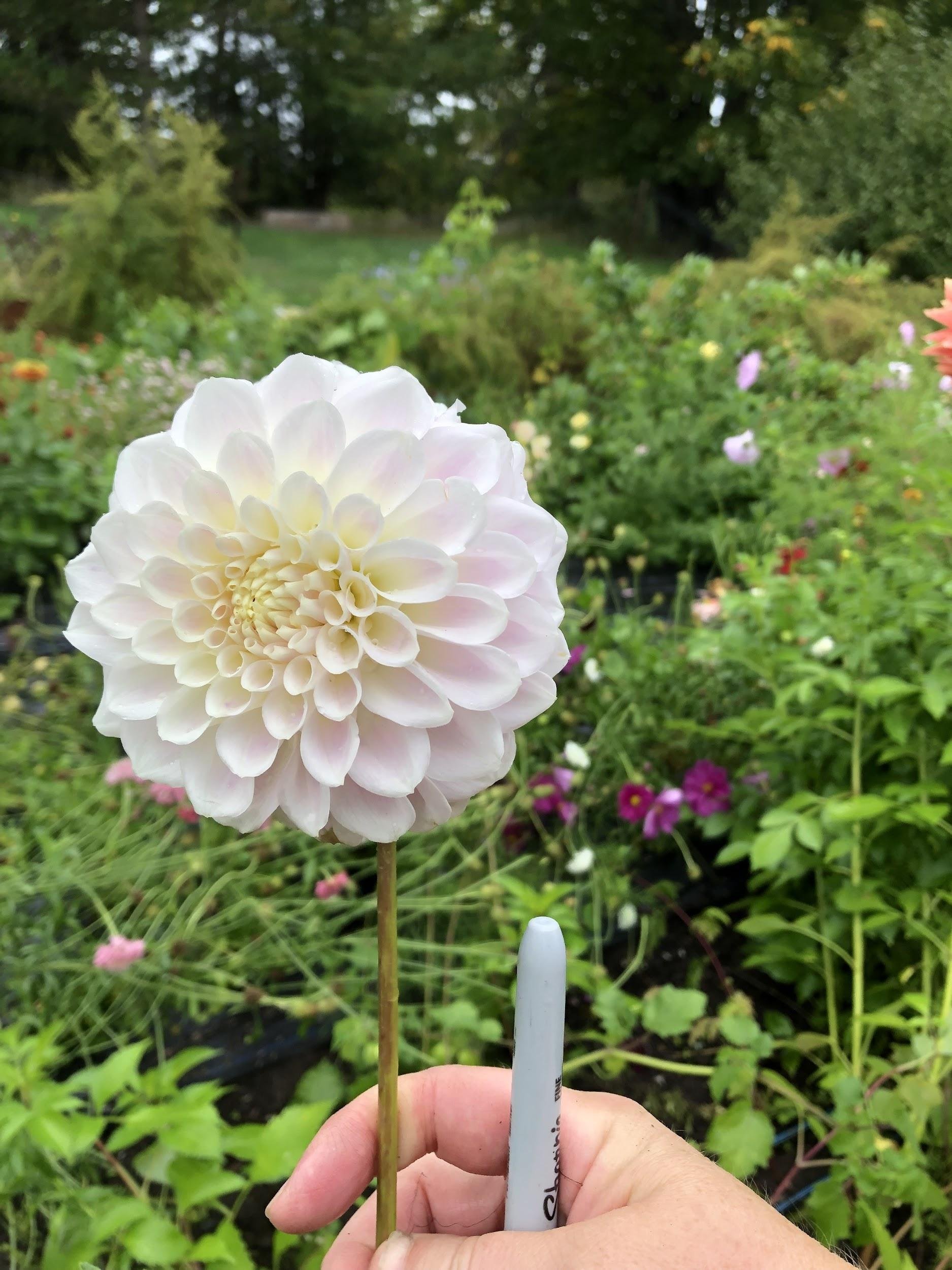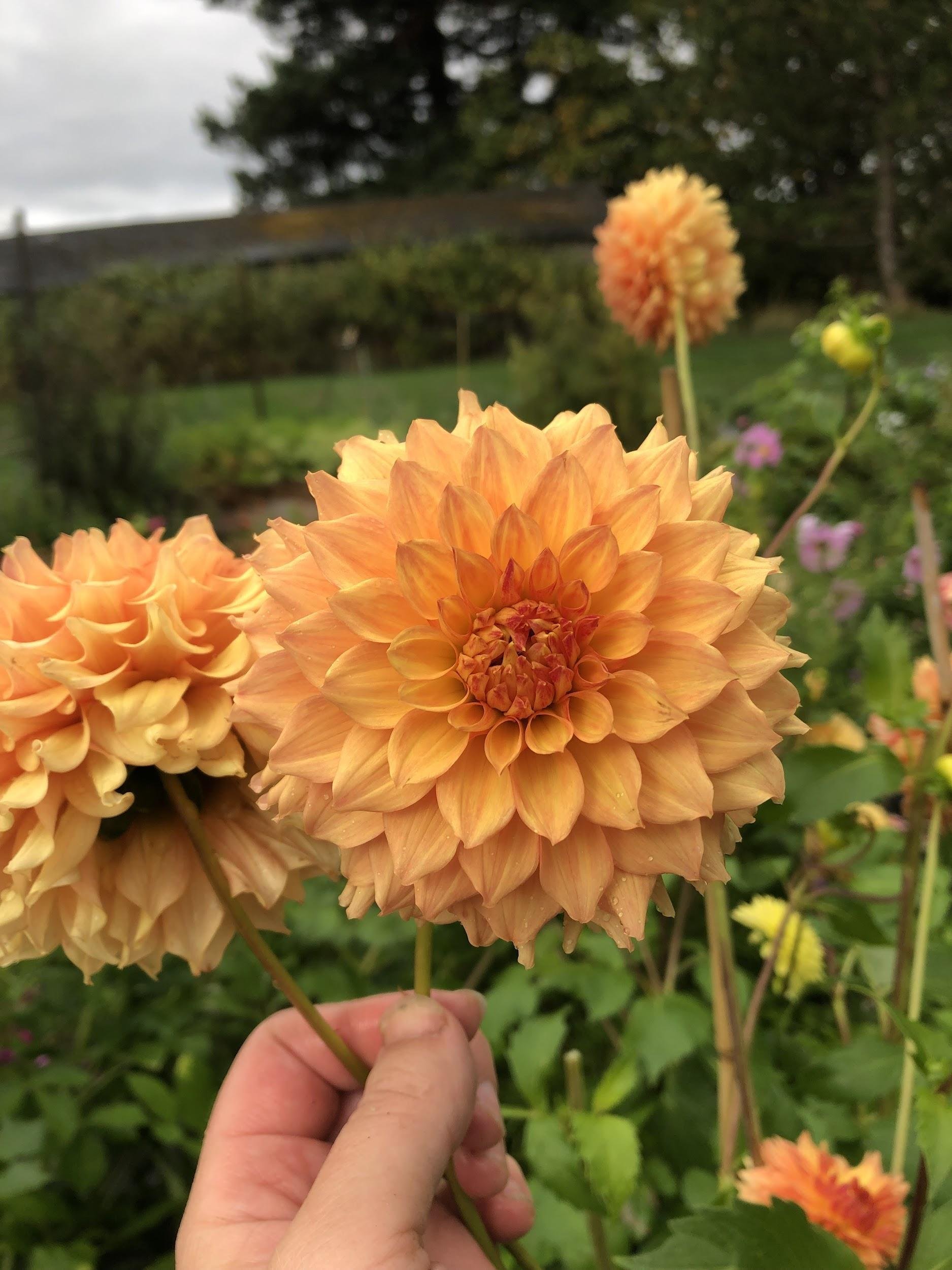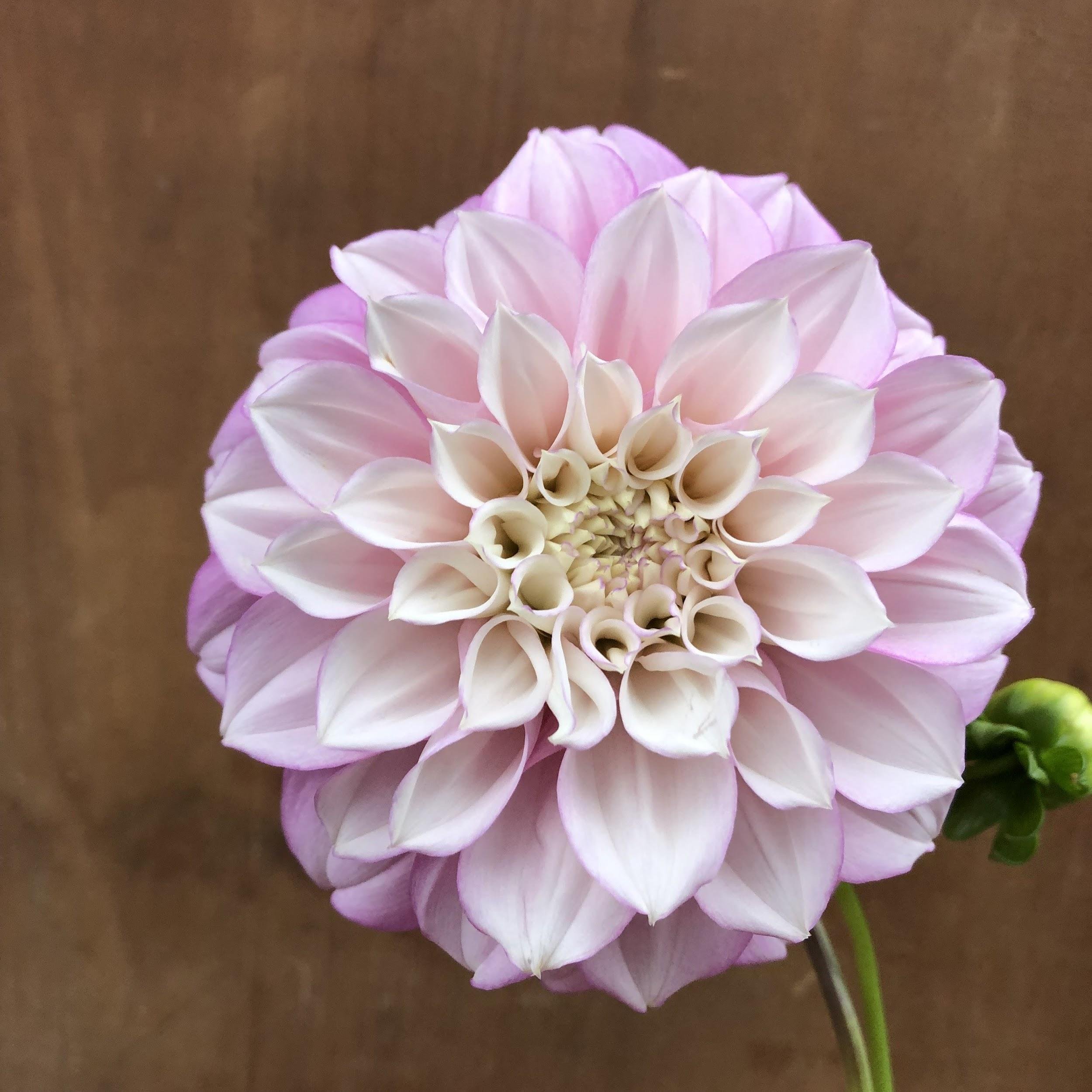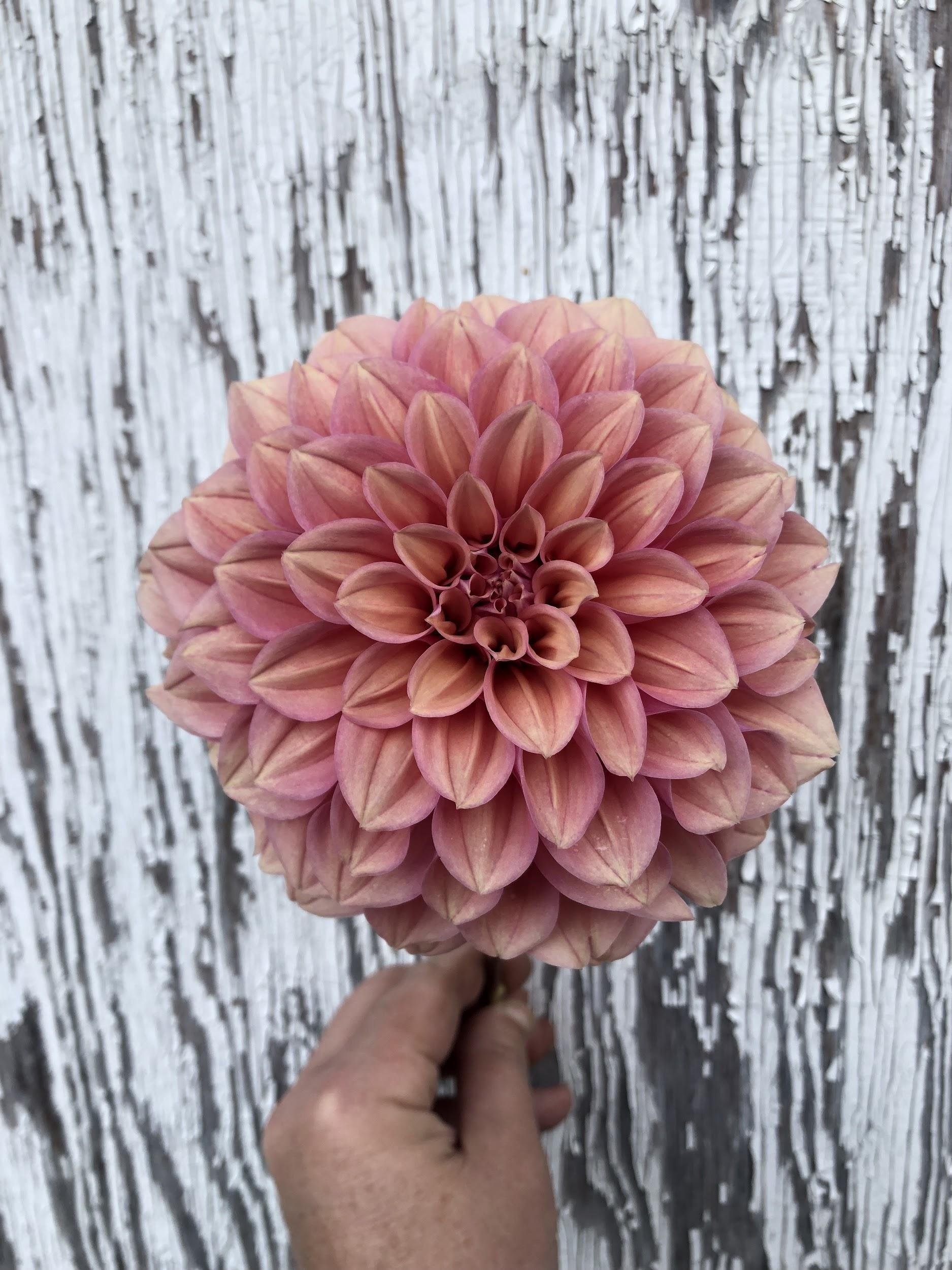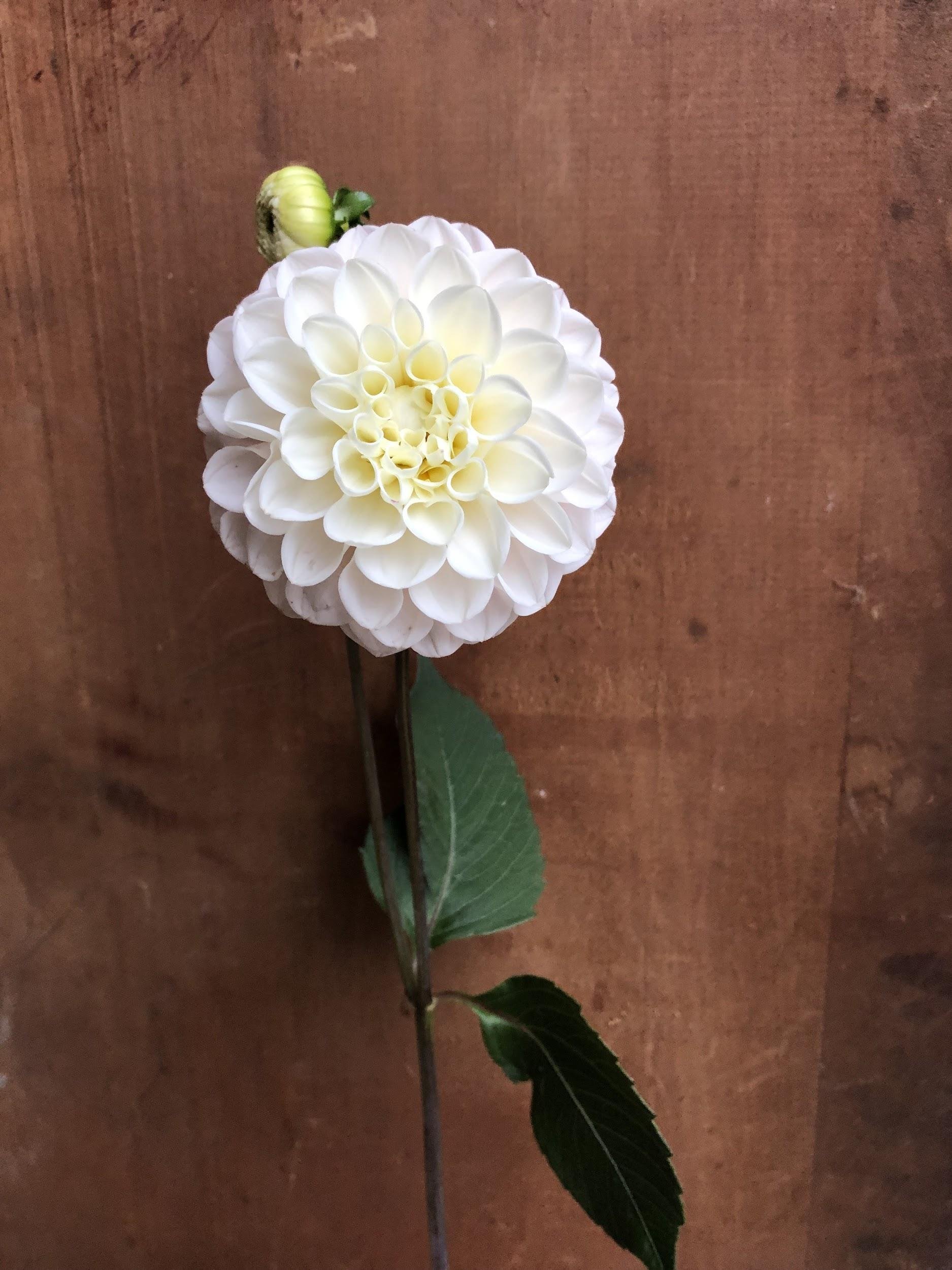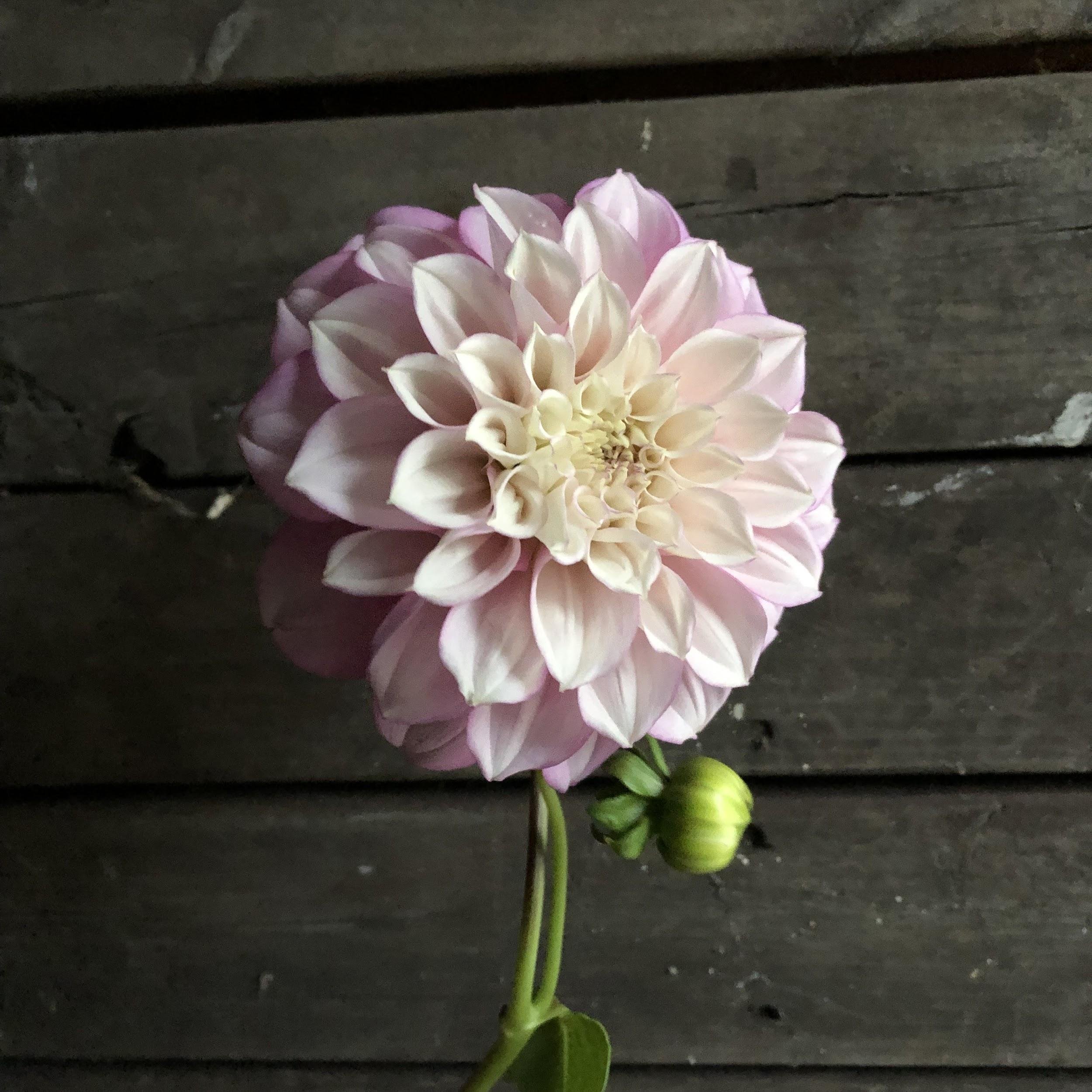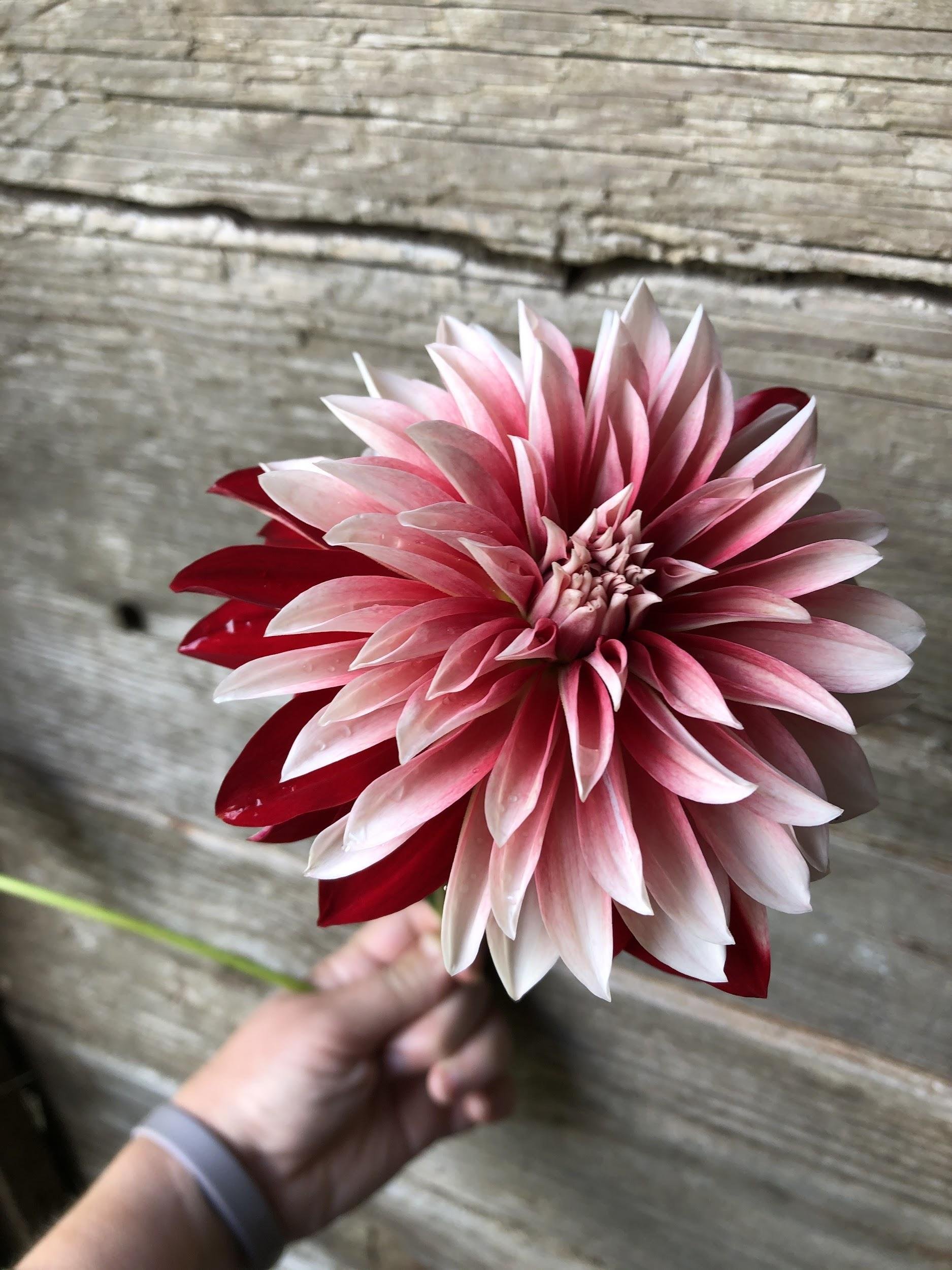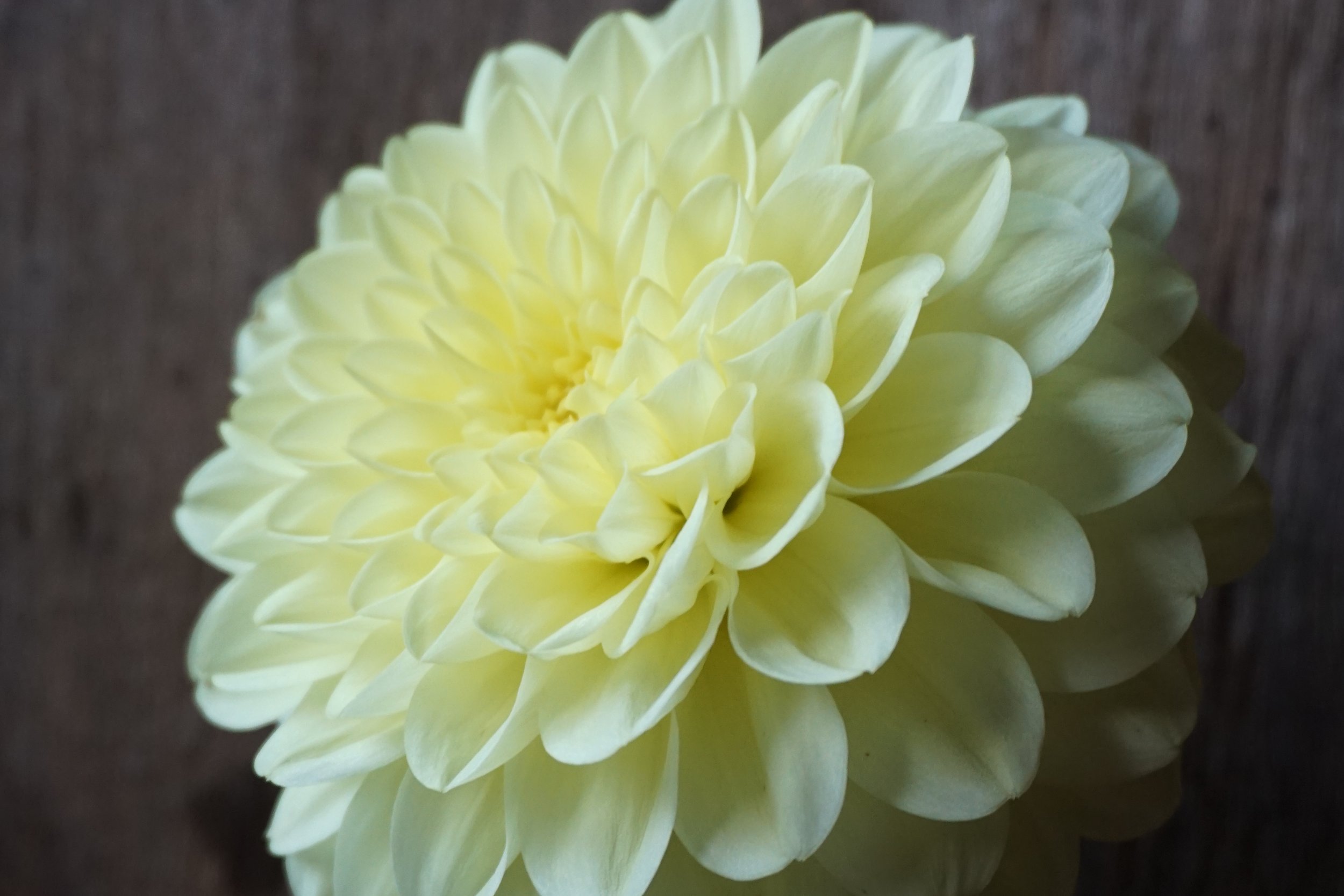
Dahlia Seedlings
I began hybridizing dahlias in the 2019 season. As the seasons have progressed, I have become more serious about my goals; thus, more of what the Boley’s would call hybridizer versus a seed collector. I am a member of Whatcom County Dahlia Society, where I have learned from some great breeders like Paul Bloomquist and Steve & Sandy Boley of Birch Bay Dahlias, and by asking a ton of questions. Another great resource is Kristine Albrecht of Santa Cruz Dahlias, who I have gleaned from over the years.
Difference between Dahlia Seed versus Dahlia Tuber
Growing dahlias from seed compared to growing from dahlia tubers are quite different. When you grow from a tuber, you will get the same flower again and again. For instance, if you get a tuber from the variety named Miss Amara and plant that tuber, you will have Miss Amara bloom. That one tuber will multiply into many more tubers by the season’s end. Yet, all of those tubers will produce Miss Amara.
Now, say you planted that tuber variety Miss Amara, and it blooms and before cutting it, you allow it to go to seed (meaning the bees will pollinate and petals will begin to fall leaving the reproductive parts visible & thus pollinated). The once bright and beautiful bloom will have lost its petals and turned into a pod.
From this pod, you will be able to allow the pollen to do its work in the reproductive center and the seed is produced. You can then collect this seed, store it over the winter and plant those seeds, in hopes of creating a new dahlia variety.
Sounds rather easy right?
Well yes and no. First, some varieties don’t produce a lot of seed. Much of this has to do with the size of the bloom and bees like to be efficient. So they aren’t as likely to wiggle their way into a 2-in Pom dahlia compared to open center collarette.
Two, just because you collect seed, you have to ensure it germinates. Sometimes they don’t germinate. Say you get some that germinate and have success with it growing. The next part is to wait and see if the bloom is even worth it. Often if you collect seed near a bunch of open centers (we often call these Collarettes), then the seed will most likely produce open centers.
Standards for Dahlia Seedlings
If you are a member of the American Dahlia Society, you can find the qualifications for judging dahlias. I think there is a definite benefit to becoming familiar with these qualifications because it sets a standard for good breeding & breeding practices. Good traits to look for are color, stem strength, bloom presentation (45-degree angle), tuber production, and the form of the dahlia. You might get a beautiful form and color in a dahlia seedling; however, if the stems are weak and the bloom is downward facing, you are dealing with poor results. It would be best to cull (get rid of) it immediately.
Say you get a dahlia seedling with great coloring, form, stem, and a 45-degree angle; however, the tuber production is consistently poor, you have to make the decision on whether you will keep it or not.
There is a balance between ADS standards and those growing for cut flower & designers. This is evident when you get a seedling that always goes to blown open centers. If you were to take this seedling to an ADS trial garden, it wouldn’t score well and overall it would be advised to cull it. It’s important to note that ADS is most interested in show flowers; meanwhile, as a hybridizer who might be more interested in selling to designers, these blown centers might have great appeal.
Note to buying Dahlia Seeds
It’s important to remember for those of you who purchase dahlia seeds to be aware of what you are actually receiving. As I already mentioned, dahlia seeds are not the same as the mother tuber (meaning the main tuber which will produce the variety you are planting). Below you will see the variety Hollyhill Black Beauty, which is an established variety bred by Ted & Margaret Kennedy. I collected seeds from this variety and you will find the seedling it produced. As you can see, it doesn’t look anything like the original:
Hollyhill Black Beauty
Seedling from HH Black Beauty
Here is another example with Wyn’s Pinking of You to the left and the seedling it produced to the right:
When you purchase dahlia seeds, it’s good to know this so you aren’t paying incredibly high prices as you don’t know what you will get. It’s akin to playing the lottery. It would be more advantageous for you to collect seeds from the dahlias you grow since it’s not that difficult to do.

